The Winter Solstice, known as Dongzhi in Chinese, marks the shortest day and longest night of the year in the Northern Hemisphere. In northern China, this astronomical event is not merely a seasonal milestone but a cultural cornerstone steeped in history, symbolism, and culinary tradition. For centuries, families across regions like Beijing, Shandong, Hebei, and Liaoning have gathered to honor the occasion with lavish feasts designed to nourish the body, ward off winter’s chill, and reinforce communal bonds. This article explores the rich tapestry of dishes, their cultural significance, and the timeless rituals that define Winter Solstice celebrations in northern China.
The Cultural Significance of the Winter Solstice
In Chinese cosmology, the Winter Solstice represents the return of yang energy—a turning point where darkness begins to recede and light gradually reclaims dominance. Ancient texts like the Book of Changes (Yijing) associate this period with renewal, balance, and the importance of harmony between humans and nature. Food, as a载体 of cultural memory, plays a pivotal role in embodying these principles. Dishes served during Dongzhi often carry dual purposes: sustenance for the harsh winter ahead and symbolic gestures reflecting hopes for prosperity, health, and family unity.
Dumplings: The Quintessential Solstice Delight
No discussion of northern Chinese Winter Solstice cuisine is complete without mentioning dumplings (jiaozi). These crescent-shaped pockets of dough, stuffed with seasoned fillings, are more than a meal—they are a cultural icon. Legend traces their origin to the Eastern Han Dynasty (25–220 CE), when physician Zhang Zhongjing created jiaozi to warm frostbitten ears during a severe winter. Today, the act of wrapping dumplings remains a communal ritual, with families gathering hours before dawn to knead dough, chop vegetables, and mince meats like pork, beef, or mutton.
The shape of dumplings mirrors ancient Chinese gold ingots, symbolizing wealth and good fortune. Common fillings include pork with cabbage (symbolizing prosperity) or lamb with coriander (believed to boost circulation). In some households, a coin or candy is hidden inside a single dumpling—a playful tradition where the finder is said to receive luck or sweetness in the coming year.
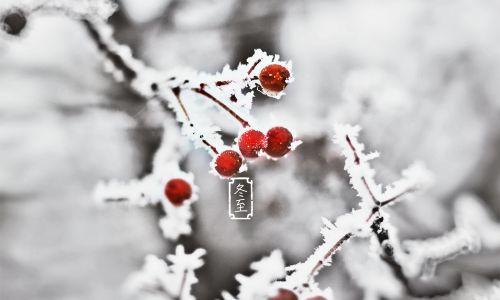
Mutton and Lamb Stews: Warmth in a Bowl
In regions like Inner Mongolia and Xinjiang, where winters are brutally cold, mutton and lamb dominate Winter Solstice menus. These meats are prized for their high iron content and ability to generate internal heat. A classic dish is yangrou tang (mutton soup), where tender slices of lamb are simmered for hours with ginger, scallions, and medicinal herbs like goji berries or astragalus root. The broth, rich and fragrant, is believed to invigorate the qi (vital energy) and fortify the immune system.
Another favorite is hongshao yangrou (red-braised lamb), a stew flavored with soy sauce, star anise, and rock sugar. The dish’s deep red hue symbolizes joy and celebration, while the tender meat falls off the bone—a testament to slow-cooking mastery. In rural areas, families might roast whole lambs over open fires, a practice rooted in nomadic traditions that honors the animal’s sacrifice and the earth’s bounty.
Noodles: Symbols of Longevity and Unity
Long noodles, or changshou mian, are another Winter Solstice staple in northern China. Their unbroken length represents longevity and enduring family ties. In Shanxi Province, knives are used to slice dough into thick, chewy strips, while in Shandong, hand-pulled noodles (la mian) are stretched into silken threads. These noodles are often served in hearty broths with vegetables, mushrooms, or braised pork.
A unique variation is zhajiangmian (noodles with fried bean sauce), where thick wheat noodles are topped with a savory mixture of fermented soybean paste, minced pork, and cucumber shreds. The dish’s salty-sweet flavor profile reflects northern China’s agricultural heritage, blending staple crops like wheat and soybeans with preserved meats.
Pickled Vegetables and Fermented Delights
Winter in northern China is synonymous with preserved foods. Cabbage, radishes, and cucumbers are pickled in brine or fermented in clay jars, creating tangy, crunchy sides that cut through the richness of meats. Suan cai (fermented mustard greens) is a regional favorite, often stir-fried with pork or added to stews for a sour kick. These preserved vegetables not only provide essential vitamins during the scarcity of winter but also evoke nostalgia for simpler times.
Sticky Rice Cakes: Sweet Symbols of Progress
While rice cakes (niangao) are more commonly associated with Lunar New Year, some northern households incorporate them into Winter Solstice feasts. Made from glutinous rice flour, these chewy treats are steamed or pan-fried and sometimes stuffed with red bean paste or nuts. The name niangao sounds like “higher year” in Chinese, expressing aspirations for personal growth and upward mobility in the coming months.
Beverages: Warmth from Within
No Winter Solstice meal is complete without warming beverages. Ginger tea, brewed with brown sugar and wolfberries, is believed to dispel cold and improve circulation. In Beijing, chrysanthemum tea sweetened with rock candy offers a floral counterpoint to rich foods. For adults, huangjiu (rice wine) or baijiu (spirits) may be served in small cups, their fiery heat providing a ritualistic toast to health and harmony.
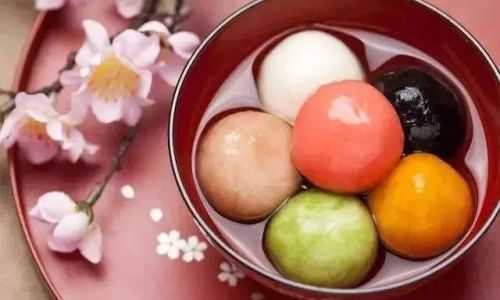
Regional Variations and Modern Adaptations
While traditional dishes remain central, modern northern Chinese households often blend old and new. Urban families might order dumplings from restaurants or use electric pressure cookers to speed up stew-making. In coastal cities like Dalian, seafood additions like shrimp or scallops may appear in fillings, reflecting local availability. However, the core ethos persists: food as a medium for love, memory, and cultural continuity.
The Role of Agriculture and Climate
Northern China’s harsh winters have long dictated culinary practices. Freezing temperatures and limited fresh produce necessitated preservation techniques like fermentation, drying, and salting. The Winter Solstice, occurring just as stored grains and preserved foods begin to dwindle, marks a critical juncture—a final feast before the leanest months of winter. Dishes like dumplings and stews, with their high caloric content, are biologically designed to sustain communities through this period.
Folklore and Proverbs
Northern Chinese folklore is rife with proverbs tied to the Winter Solstice. One popular saying, “Dongzhi eat dumplings, no frostbite in ears,” references the dish’s historical origins. Another adage, “Make dumplings, not fights,” underscores the importance of family unity during the holiday. These oral traditions reinforce the Solstice’s role as a bridge between past and present.
Global Influences and Contemporary Celebrations
In recent decades, globalization has introduced new ingredients and techniques to northern Chinese kitchens. Chefs in cities like Beijing and Tianjin experiment with fusion dishes, such as dumplings filled with truffle oil or lamb stews flavored with rosemary. However, most families cling to time-honored recipes, viewing them as non-negotiable links to their ancestors.
Conclusion: A Feast for the Ages
The Winter Solstice in northern China is a testament to the enduring power of food as cultural glue. Each dish—whether a humble dumpling or a lavish mutton stew—carries layers of meaning, from agricultural wisdom to filial piety. In a world of rapid change, these traditions persist, reminding generations of the importance of slowing down, gathering around the table, and finding warmth in shared rituals. As the longest night gives way to dawn, so too does the Winter Solstice feast symbolize hope: that after darkness comes light, and after winter, spring.
In northern China, the act of eating during Dongzhi is not merely sustenance—it is a language of love, a chronicle of history, and a celebration of life’s cyclical rhythm. As the steam rises from bowls of dumpling soup and the aroma of spiced lamb fills the air, families honor a legacy that stretches back millennia, ensuring that the flame of tradition burns brightly, one bite at a time.
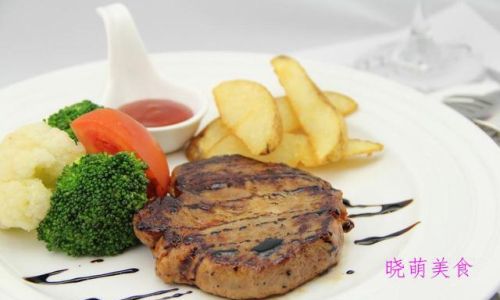
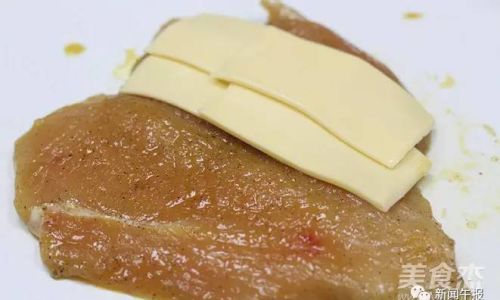
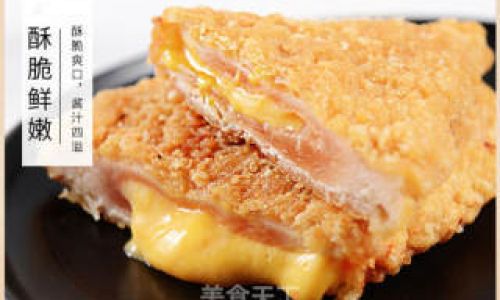
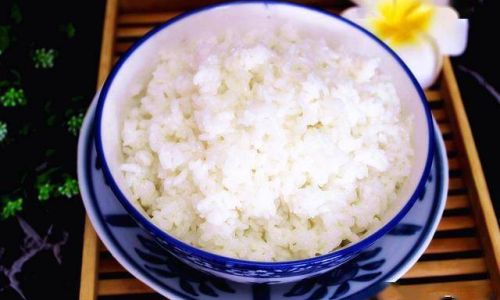

0 comments